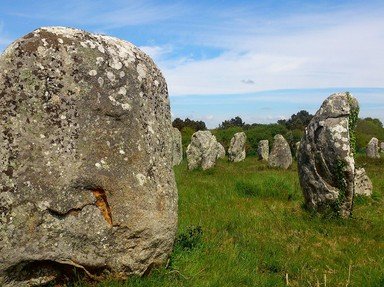Quiz Answer Key and Fun Facts
1. The mummy of Otzi the Iceman has been dated to 5300 BC. Which of the following best describes his subspecies classification?
2. During which age of cultural advanced does Otzi the Iceman appear to have lived?
3. Which of the following statements best reflects the findings regarding the death of Otzi the Iceman?
4. What is believed to be the significance of the tattoos found on Otzi the Iceman?
5. Modern science has been able to thoroughly study the mummy of Otzi the Iceman. From which of the following diseases did he NOT suffer?
6. Which of the following best describes the clothing that Otzi the Iceman was wearing at the time of his discovery?
7. At the time of his death, Otzi the Iceman was carrying cylindrical containers made of birch bark. For which of the following purposes it likely these containers were used?
8. From studying the mummy of Otzi the Iceman, scientists have been able to reconstruct some of his very last actions. Which of the following was NOT one of them?
9. Otzi the Iceman's mummy is the oldest known preserved human mummy.
10. Modern scientists have been able to find living descendants of Otzi the Iceman.
Source: Author
ponycargirl
This quiz was reviewed by FunTrivia editor
gtho4 before going online.
Any errors found in FunTrivia content are routinely corrected through our feedback system.

